Pasta Pitfalls: 10 Pasta Mistakes You're Probably Making
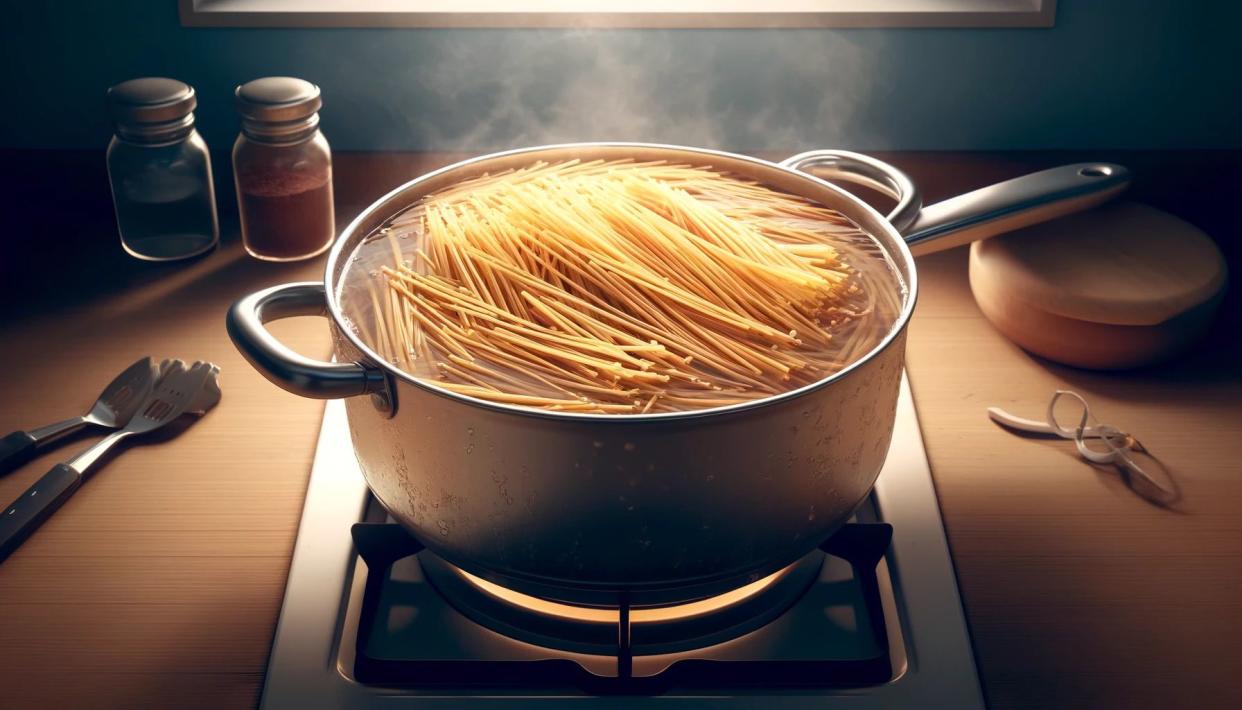
Mamma Mia!
You'd think cooking pasta is foolproof, right? Wrong. You can toss noodles in a pot and hope for the best, but if you're aiming for that chef's kiss perfection, you might be stumbling into a culinary minefield without even realizing it.
There's a sneaky art to getting pasta just right, and chances are, you're tripping into a few pasta pitfalls without even knowing it. So the Italians beg of you: Stop making these 10 pasta mistakes.
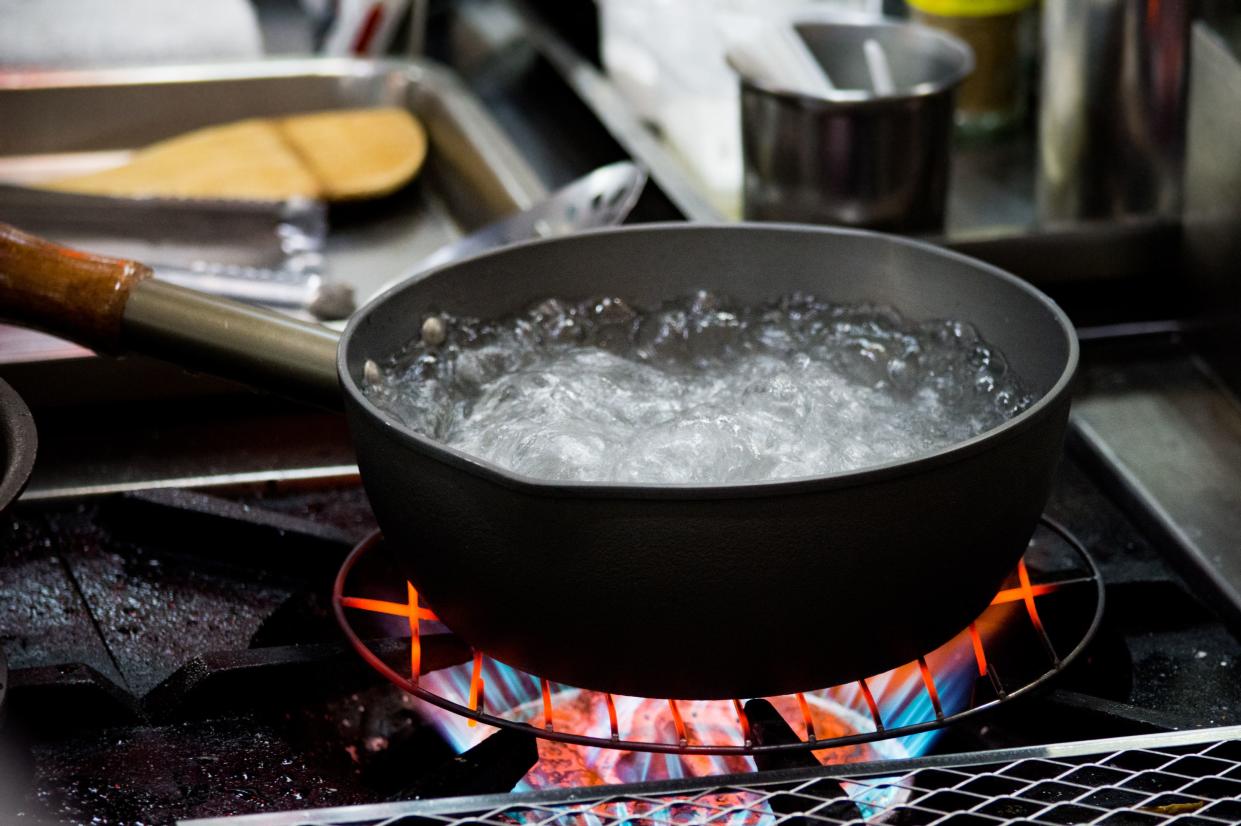
1. Not Using Enough Water
Not using enough water when cooking pasta is a surprisingly easy mistake to make. The issue is that, as the pasta cooks, it releases starches into the water. If you’re not using enough water, those starches concentrate and turn your pot into a sticky, clumpy mess. Nobody wants to end up with a gloopy disaster on their dinner plate, so paying attention to the water-to-pasta ratio is key.
BBC Good Food suggests using between about 17 to 34 ounces of water for every 2.8 to 3.5 ounces of pasta. That means if you're cooking 7 ounces of pasta, you'll want to double that amount of water to give your pasta plenty of room to cook properly.

2. Adding Oil to the Water
Once upon a time, in a kitchen far, far away from Italy, a well-meaning soul declared that the secret to non-sticky pasta was to anoint the boiling water with oil. Word spread far and wide, and now, here you are, lubricating your cooking water, only to end up wondering why your sauce slides right off the pasta. Oil in the water makes the pasta too slick for any self-respecting sauce to cling to. To avoid sticky pasta, you only need to cook your pasta in a large enough pan with sufficient water.
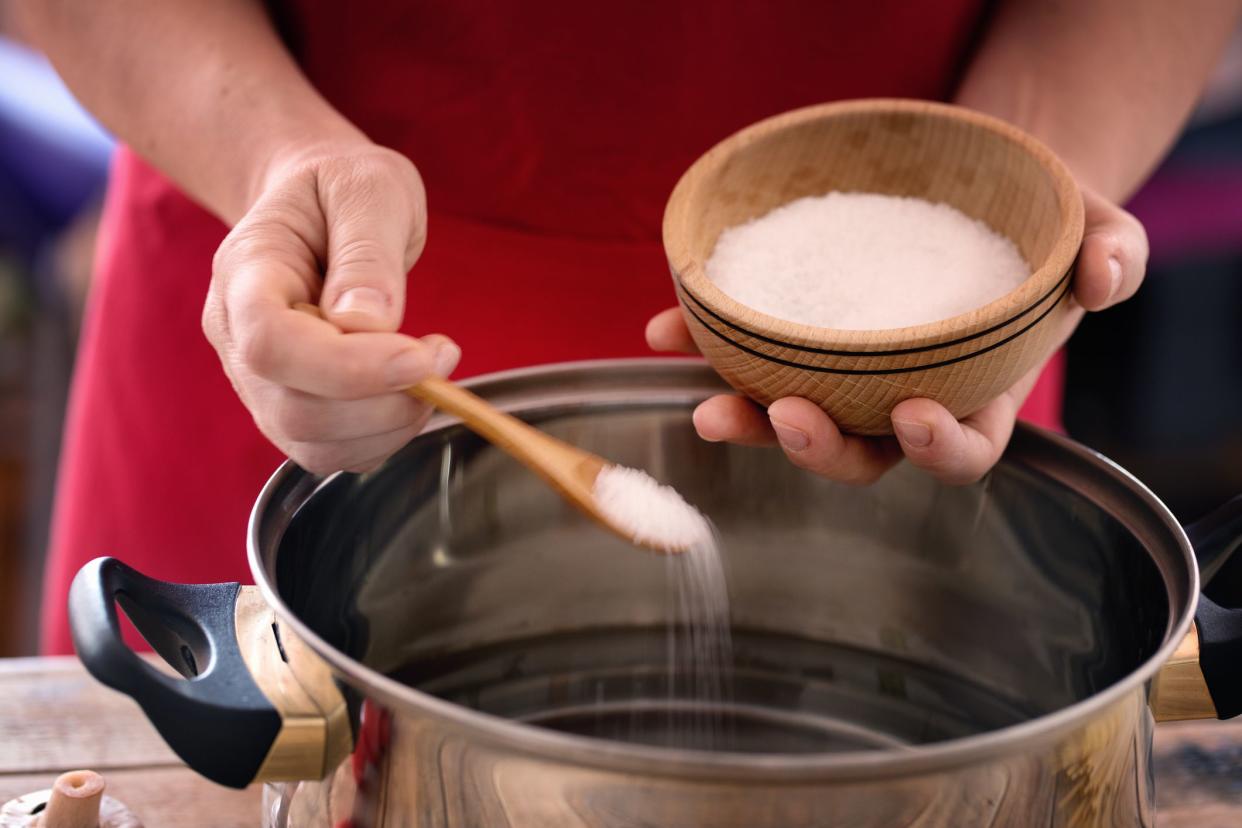
3. Forgetting To Add Salt to the Water
It’s Pasta 101, yet so many home cooks skip it or skimp on it. Italians say that the pasta water should taste like the sea, which might sound a bit exaggerated, but the tradition is true. Adding a proper amount of salt to the pasta water is your best shot at flavoring the pasta itself.
For more helpful cooking tips, please sign up for our free newsletters.
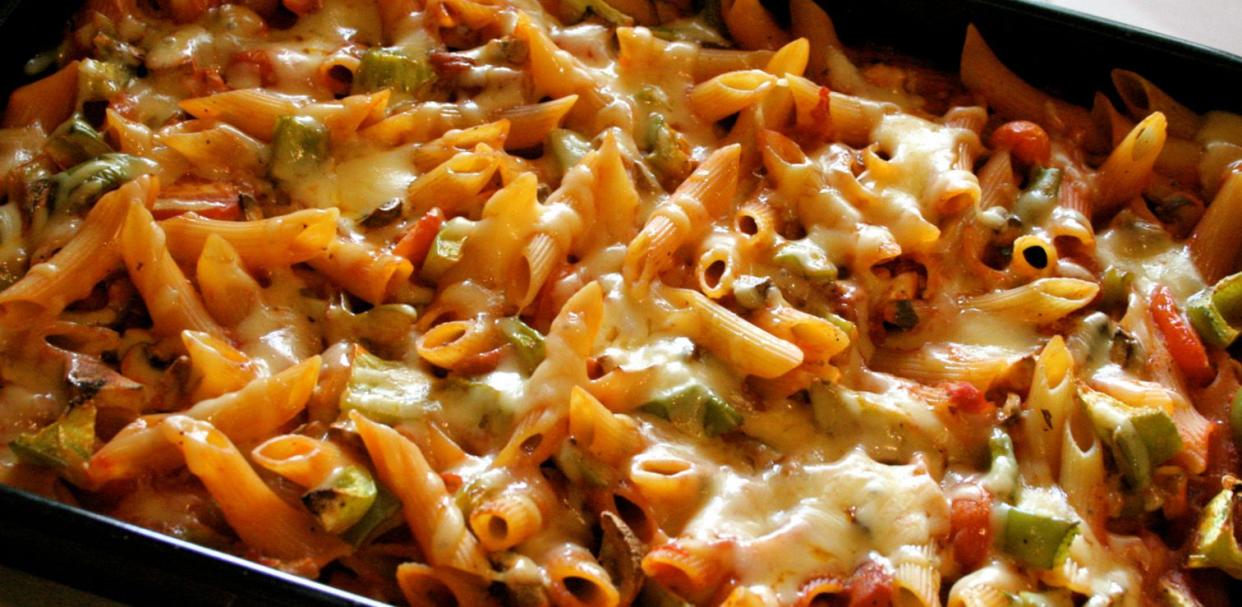
4. Not Stirring the Pasta
Not stirring the pasta after adding it to boiling water can lead to it sticking together. This step is crucial for preventing clumps and ensuring each piece cooks evenly. Make sure to give the pasta a good stir right after you put it in the pot to achieve the best possible texture in your finished dish.
Related: Kitchen Confidential: 12 Culinary Secrets To Elevate Your Cooking Skills
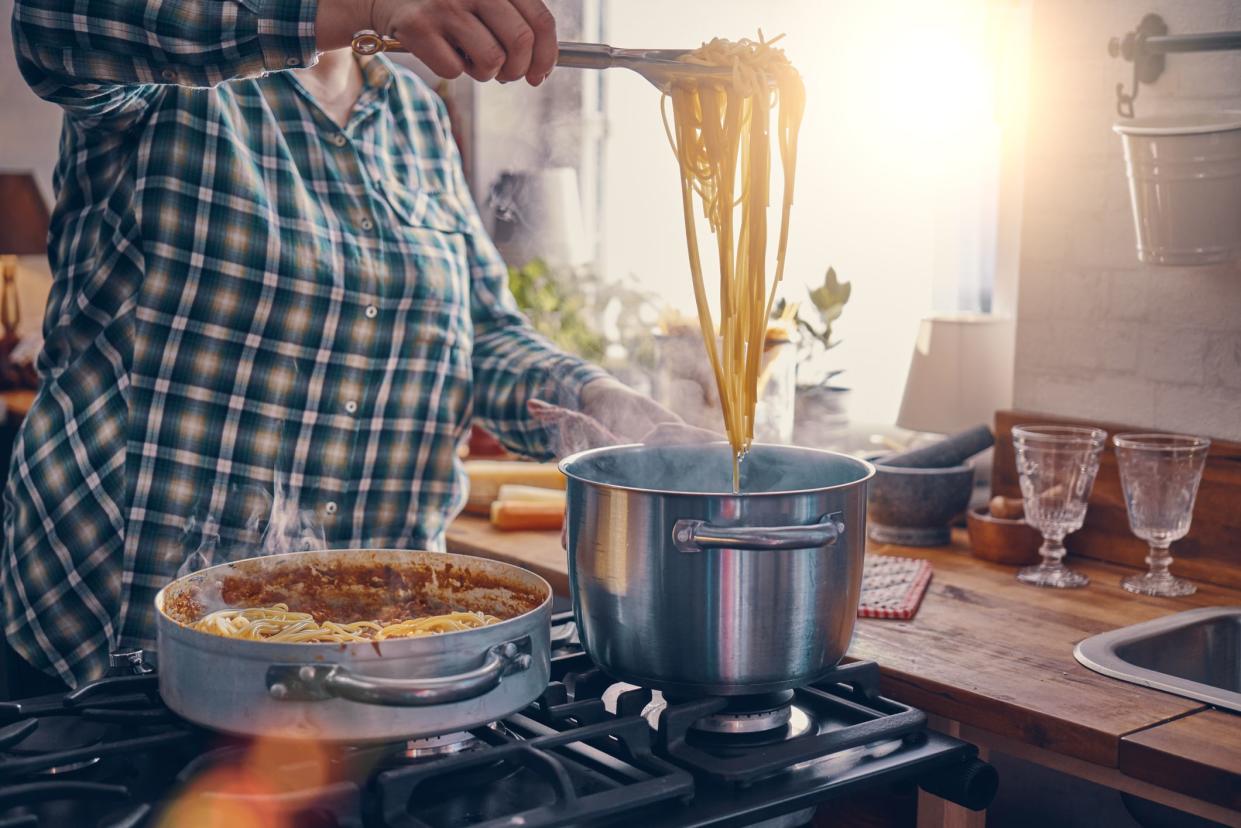
5. Overcooking the Pasta
It might sound easy, but getting pasta just right is an art form in itself, especially if you're aiming for the authentic al dente texture cherished in Italy. The key to not missing the mark is to check the cooking time on the package. This guideline is your first clue to achieving perfect pasta. But if you're dealing with fresh pasta, the best approach is to periodically taste it until it's just right.
Related: I Tried 10 Rao's Sauces and the Best Was Hidden in Plain Sight

6. Rinsing the Pasta After Cooking
For the love of all that is sacred, please resist the urge to rinse your cooked pasta. Rinsing washes away the starches that are crucial for making the sauce cling to the pasta, turning what could have been a perfect dish into a slippery mess.
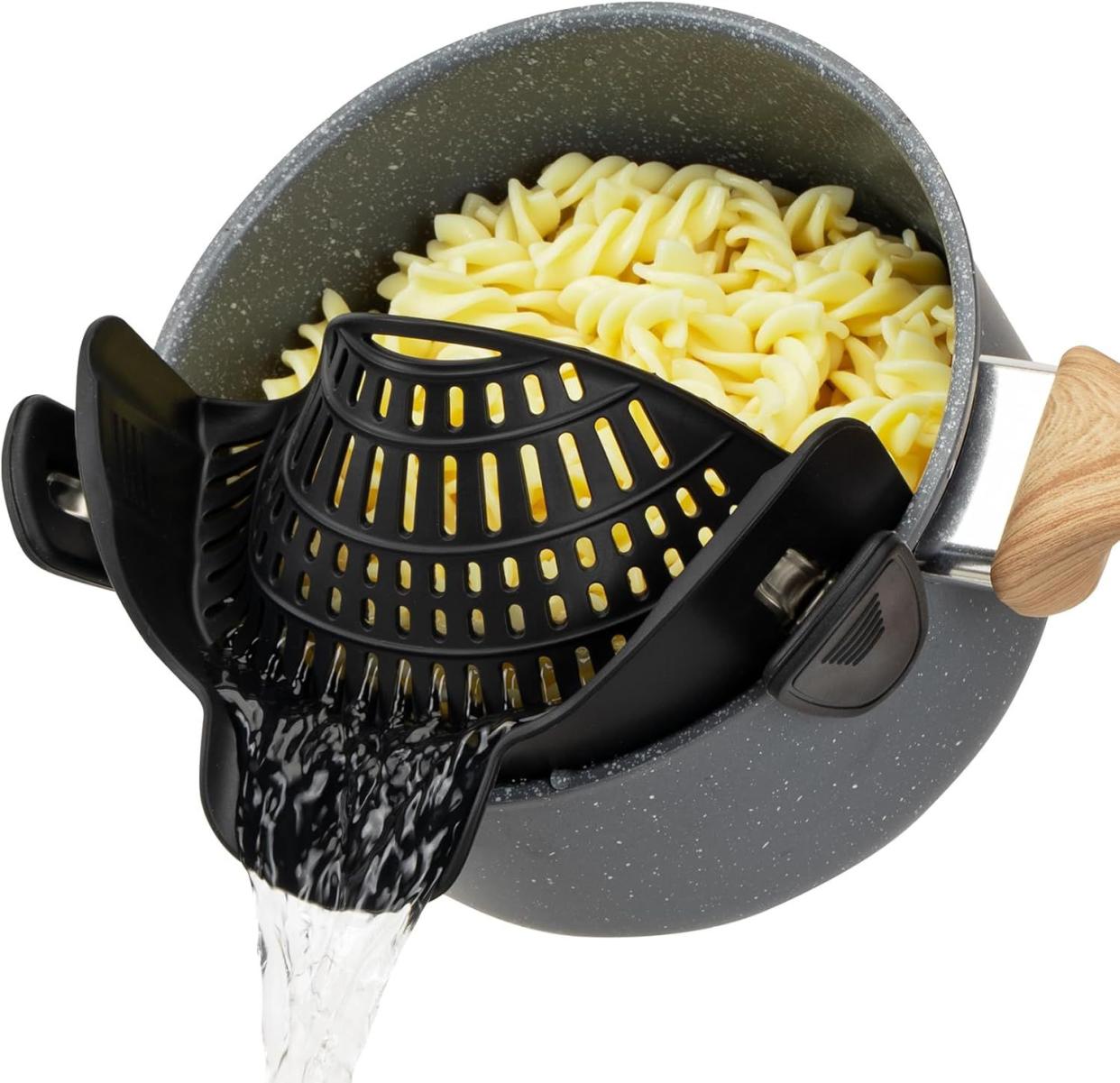
7. Not Saving Pasta Water
Many refer to pasta water as "liquid gold," and for good reason. Just a splash of this starchy elixir can transform your sauce, giving it a luxurious silkiness and ensuring it clings perfectly to the noodles, leaving them with a shiny, glossy coating.
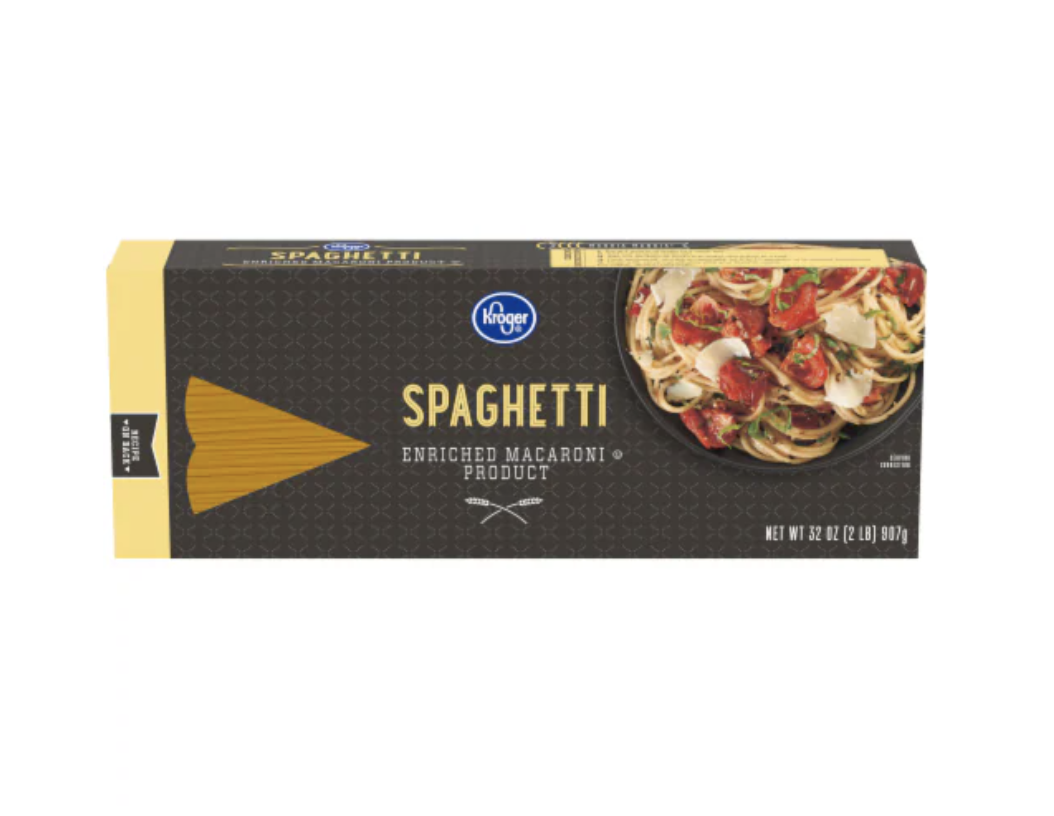
8. Breaking the Noodles
Every time you snap your noodles in half, an Italian nonna sheds a tear — or so the legend goes.While it may seem like a harmless shortcut, breaking pasta is considered a culinary crime. Instead of committing premeditated pasta murder just to fit the pan, why not opt for a larger pan? It's a simple solution that keeps both the pasta and the nonnas happy.
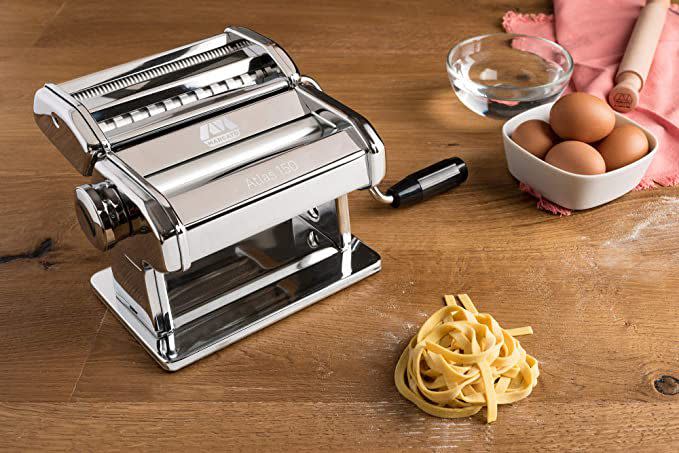
9. Ignoring Pasta Shapes and Sauces
There are well over 300 pasta shapes in existence, and no, not all of them go with bolognese sauce. In fact, few of them do. Each pasta shape is designed to either hug, scoop, or complement the sauce it's paired with, and ignoring this culinary matchmaking can turn your meal into a flavor flop. So it's smart to educate yourself on which pasta shape goes with which sauce before you start cooking.
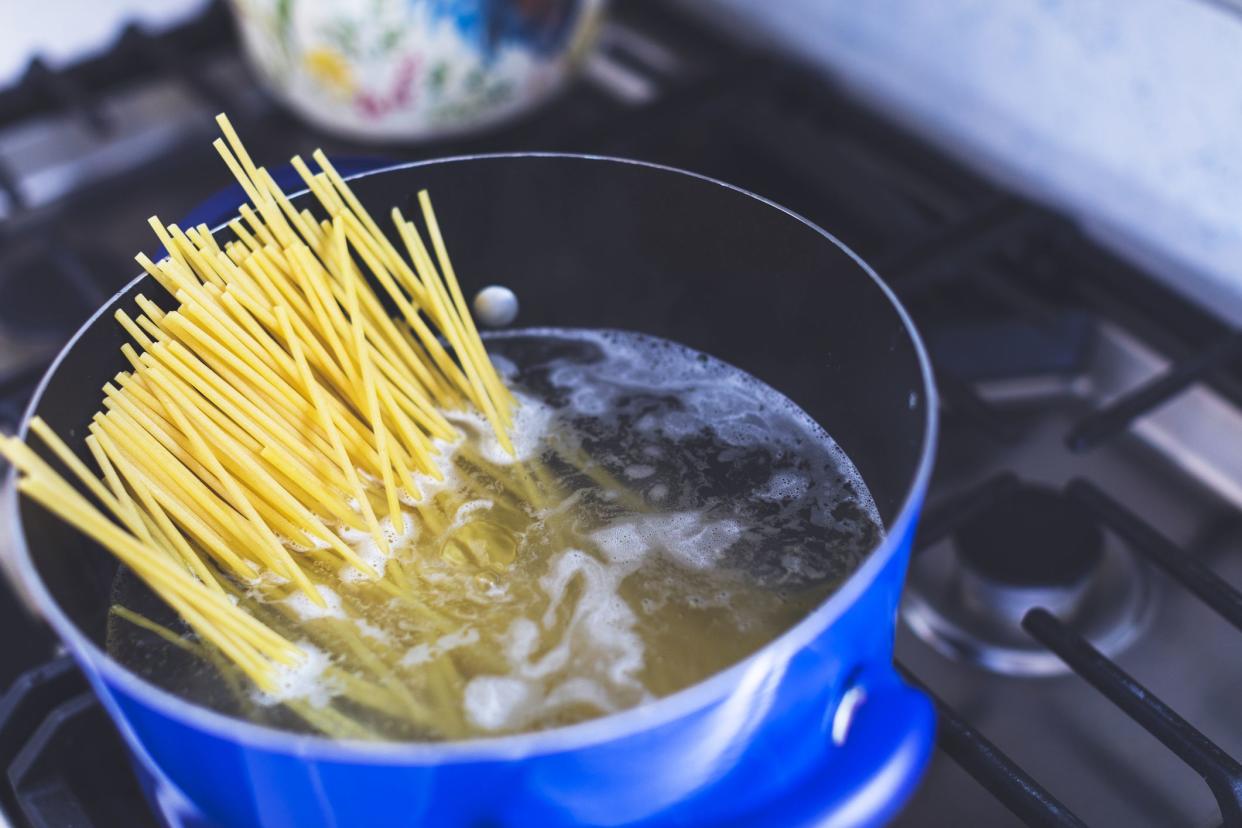
10. Adding the Pasta Before the Water Boils
Tossing your pasta into the pot before the water boils is a kitchen faux pas that can lead to some seriously sad spaghetti. When pasta enters lukewarm water, it begins to soften without the heat necessary to start cooking properly, resulting in unevenly cooked, clumpy noodles. Always wait for a rolling boil to ensure each strand or piece has time to cook evenly and come out perfectly al dente.
This article was originally published on Cheapism

